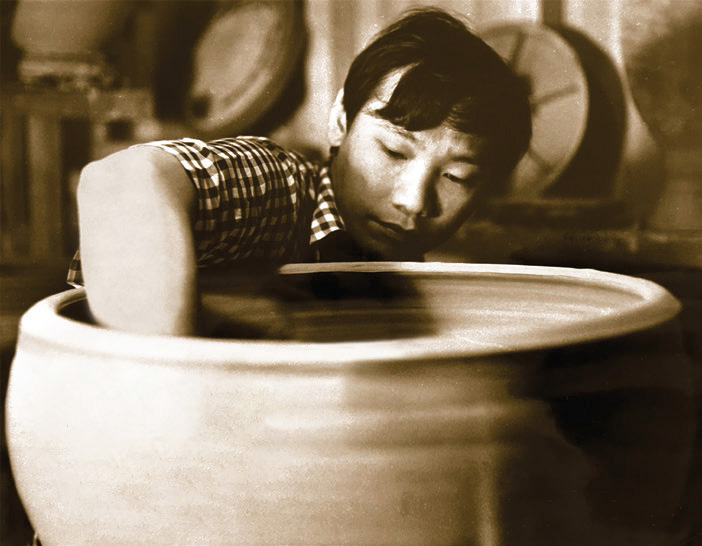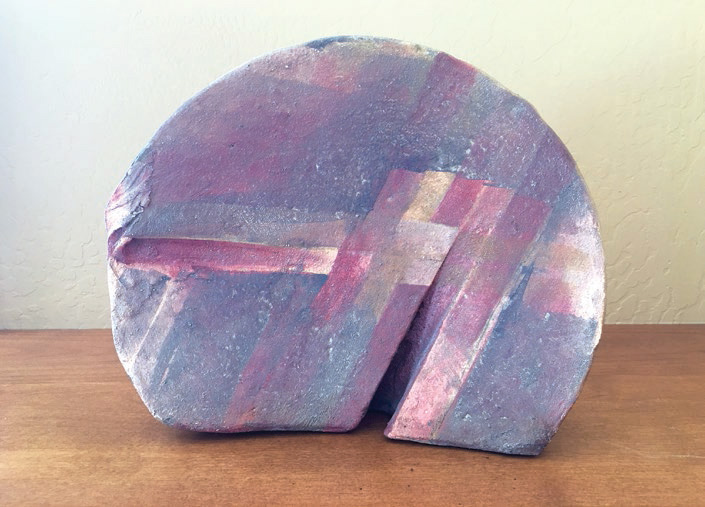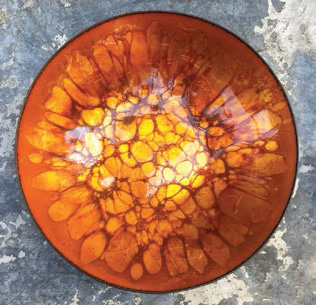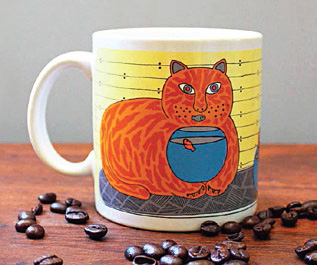Winning Ways - Page 3
 |
|
|
"The thing I admired about Win was he fit himself into any crowd. He could be doing a socialite San Francisco crowd as well as the Castro crowd. He could whimsy socialite women in San Francisco as well as be comfortable going to the baths."
In 1967, when Taylor & Ng opened their first real retail shop, "San Franciscans flocked" to the opening a few days before Halloween, the Chronicle wrote, enjoying the calliope outside the shop "played by Anton LaVey, the sorcerer," and founder of the Church of Satan. Some attended "in satanic garb."
Today, designer shops are all too often 'curated' by corporate committees, consultants, branding firms, algorithms. But not Taylor & Ng, in hippie-era San Francisco, where Ng, Taylor, and Ng's younger, business-minded brother Norman ran the firm as essentially a family business.
Any number of Ngs worked for the firm, Mimi Hicks recalls, including their mother, who very early on enameled copper bowls that Norman would buy. "Mom would do all the initial stuff; then, when the saucers were ready to be decorated, [Win] would apply his magic," she says.
 |
|
|
"As we grew bigger we had other family members helping out," says brother Herman Ng, who was with the business from 1963 till it was sold in the early '80s." Some family members were looking for careers. Win saw they were free and said, 'Hey, come in. We have room.'"
Herman says Taylor & Ng had no master strategy for growth. "We were taking it as it was coming along," he says. "We didn't know what our aim was."
Taylor & Ng was (almost) as much an art gallery as a retail outlet. They expanded over the years to sell clothing, furniture, and more, much of it imported. Crepe makers were big, and the stores taught crepe-making classes. Taylor & Ng helped popularize the wok among non-Chinese Americans.
And they always worked with local craftspeople and imported fine art and artifacts: Eskimo and African art, Russian icons.
 |
"He dragged the fine arts mentality into retail, and was one of the first to treat retail space as though it were a gallery space, and display products like they were art objects," Manglicmot says of Ng.
Financially, Taylor and Ng did better than most potters. "But you wouldn't know he had the wealth that he did because he was not pretentious," Mimi Hicks says of Ng.
Ng established a family compound on Bernal Heights with two homes, one of them of glass and redwood. "He built that house for my parents," Mimi says. "He was very generous to them after he became successful." She and Herman lived there as well. Mimi remembers Win's wild parties.
Taylor lived nearby on Bernal Heights.
 |
To relax, Taylor and Ng would escape to a 1,200-acre coastside ranch they owned in Mendocino, complete with cattle, sheep, and a ranch manager. Taylor would ride. Ng, not so much, Taylor says.
Much as they appreciated Taylor & Ng, by the late '70s both artists longed to return to fine art. Taylor left the firm first, to return to painting. Together they bought a Duboce Triangle warehouse and divided it in half. Taylor and Manglicmot, by then romantic partners, remodeled their half for a residence. Ng turned his into studios.
"He [Win] grounded himself with young artists, very bohemian, lots of gallery openings and parties," Manglicmot recalls.
As both partners retreated from the firm, Ng had more time for art. He was mostly painting, mostly abstractions but also a large whimsical jungle scene for Natalie and her husband. He also did some ceramics. Manglicmot says Ng found it harder than he'd expected to re-enter the art world. But Ruth Braunstein showed his work, and he had other exhibits.




